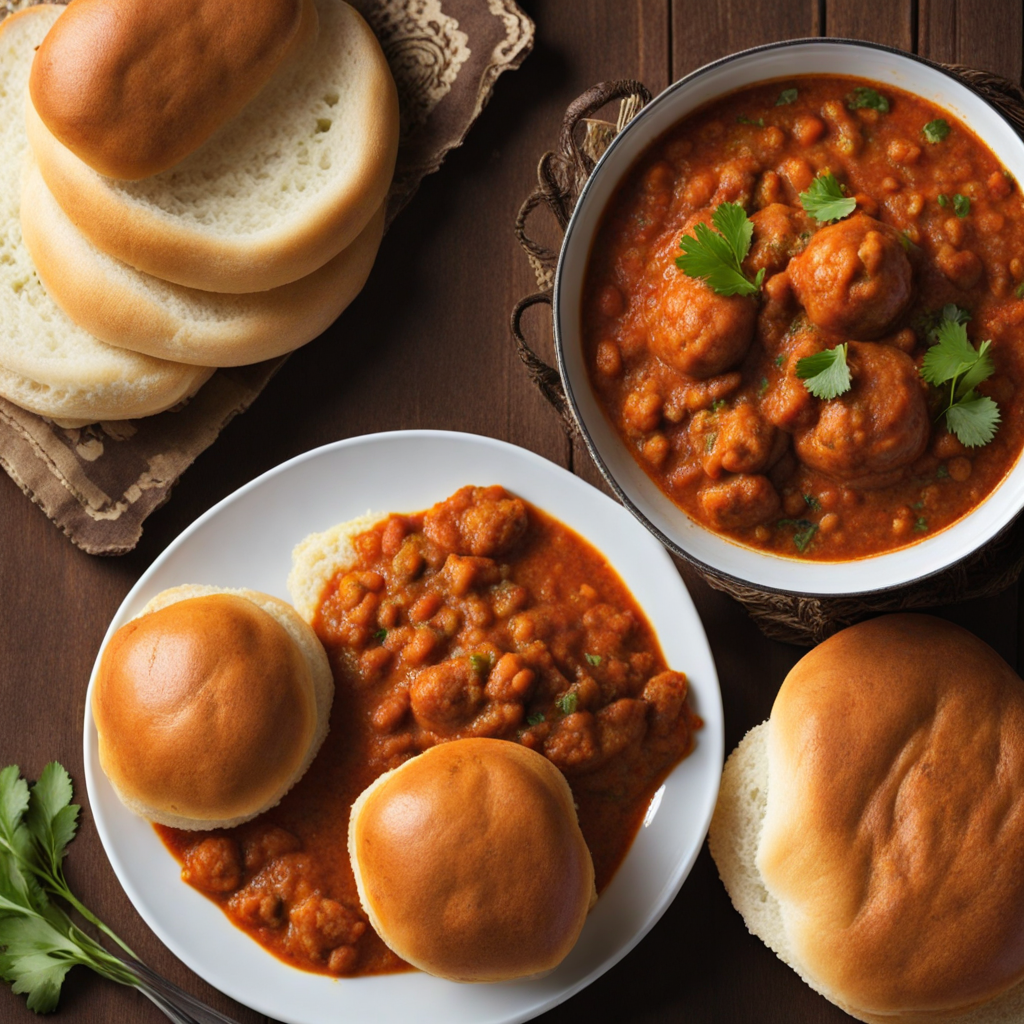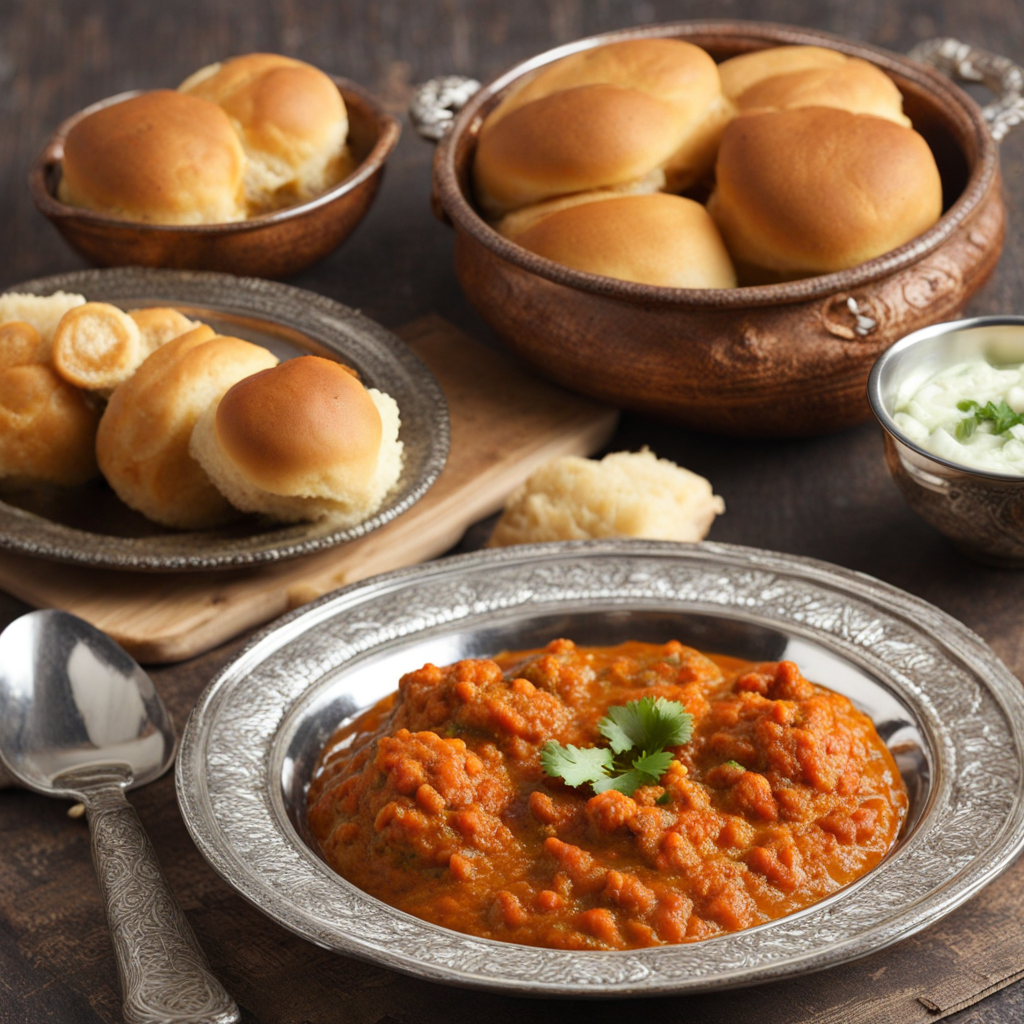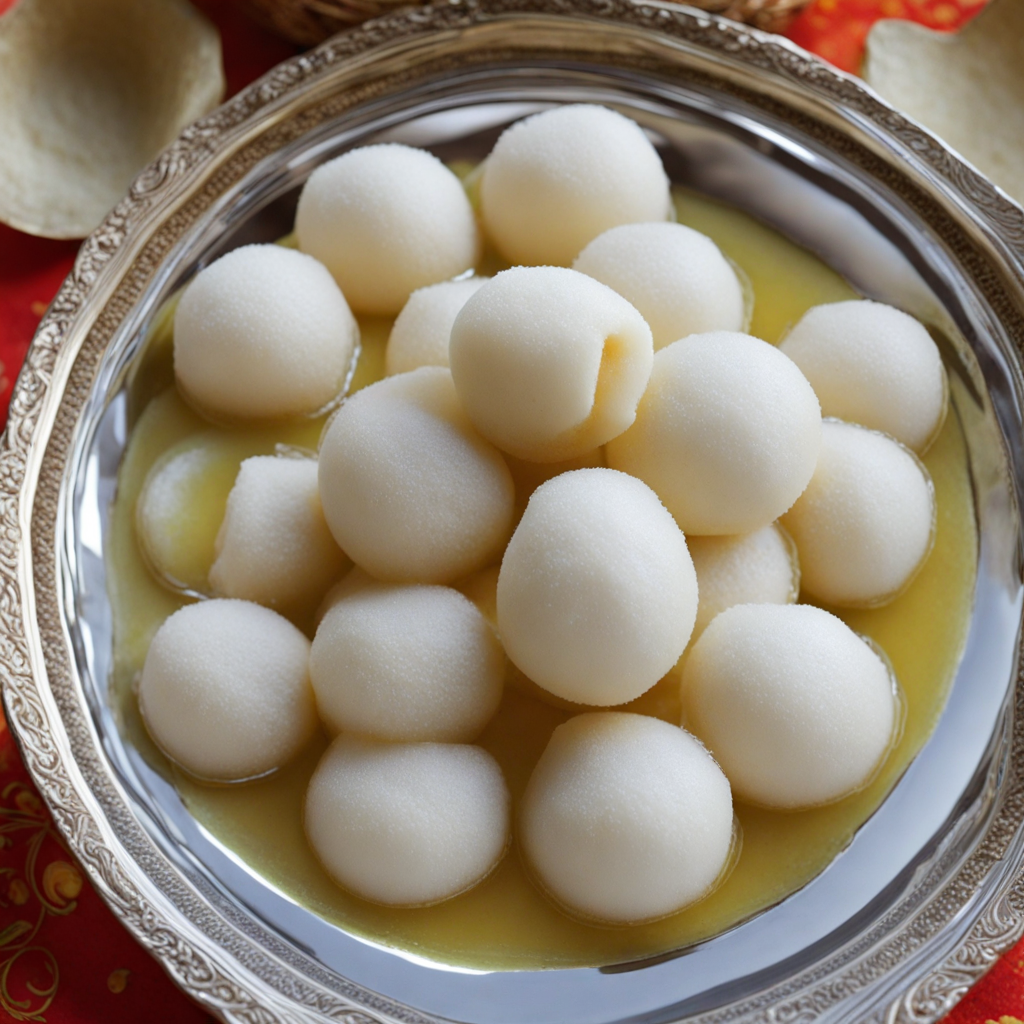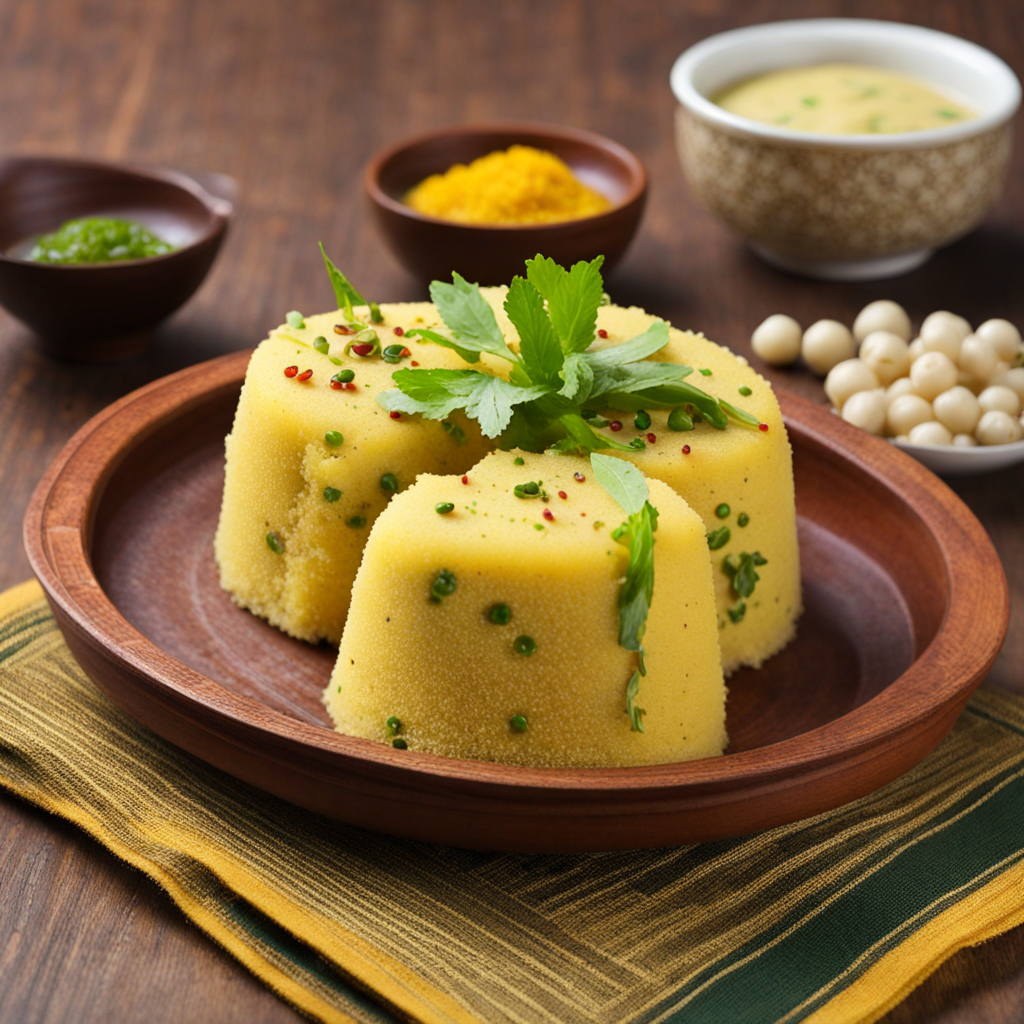Pav Bhaji
Pav Bhaji is a vibrant and flavorful dish that hails from the bustling streets of Mumbai, India. At its core, Pav Bhaji consists of a spicy vegetable mash, combining an array of finely chopped vegetables such as potatoes, peas, carrots, and bell peppers, all cooked together in a rich tomato base. The blend of spices, including garam masala, red chili powder, and a squeeze of fresh lemon, creates a tantalizing aroma that beckons food lovers to indulge. The bhaji is often garnished with fresh coriander and a dollop of butter, enhancing its creamy texture and making it irresistibly delicious. Accompanying the bhaji are soft, buttery pav buns, which are lightly toasted on a griddle until golden and crisp. These fluffy rolls are perfect for scooping up the spicy vegetable mixture, providing a delightful contrast in texture. The combination of the spicy bhaji with the rich, buttery pav creates a mouthwatering experience that is both comforting and satisfying. It’s common to see this dish served with sliced onions and lemon wedges on the side, adding a fresh crunch and zesty brightness to each bite. Pav Bhaji is not just a meal; it’s a social experience often enjoyed in groups, making it a popular street food choice for locals and tourists alike. Whether served at a bustling roadside stall or a cozy restaurant, the dish embodies the essence of Indian street food culture. With its explosion of flavors and textures, Pav Bhaji invites you to dive into the heart of Indian cuisine, offering a taste that is both unique and unforgettable.
How It Became This Dish
Origin of Pav Bhaji Pav Bhaji traces its origins to the bustling streets of Mumbai, India, in the 1850s. It was initially conceived as a quick meal for textile mill workers who needed something filling yet inexpensive to sustain them through long hours of labor. The dish emerged as a response to the growing demand for affordable food during the industrialization of the city. Cooks would mash leftover vegetables and spices into a thick mixture, served with buttered bread rolls known as 'pav.' The dish’s name is derived from 'pav,' which means bread in Marathi, and 'bhaji,' referring to the vegetable mash. This humble dish was not only a practical solution for the working class but also reflected the culinary ingenuity of local street vendors. They began to refine the recipe, adding a variety of spices, including cumin, turmeric, and garam masala, which enhanced the flavor profile. The combination of the spicy vegetable mash and the soft, buttery pav quickly gained popularity, transitioning from a meal for the working class to a beloved street food enjoyed by people from all walks of life. Cultural Significance Pav Bhaji occupies a central place in Mumbai's food culture and has become emblematic of the city's vibrancy and diversity. It symbolizes the spirit of Mumbai, where people from various backgrounds come together to enjoy a common culinary delight. The dish reflects the multicultural influences of the city, incorporating elements from various regional cuisines. As Mumbai expanded, so did the popularity of Pav Bhaji, which became a staple in many food stalls, specializing in this delectable dish. Beyond its local significance, Pav Bhaji has transcended regional boundaries and found its way into the hearts of food lovers across India and even abroad. It is often served at parties, gatherings, and celebrations, showcasing its versatility. The dish is not just a meal; it embodies a sense of community and shared experience, as friends and families gather around to enjoy it together. Street vendors have perfected the art of serving Pav Bhaji, often garnishing it with fresh coriander, diced onions, and a squeeze of lemon, elevating its appeal. Development Over Time As the years passed, Pav Bhaji evolved significantly. The original recipe, which relied on whatever vegetables were available, began to incorporate a more standardized selection of ingredients. Potatoes, tomatoes, bell peppers, peas, and carrots became the core components, while the use of butter became more pronounced, as vendors began to see it as a key ingredient that added richness and flavor. In the late 20th century, Pav Bhaji saw a resurgence in popularity, coinciding with the rise of fast food culture in India. This led to the emergence of various adaptations of the dish, including 'cheese pav bhaji,' which features a generous layer of melted cheese atop the vegetable mash, catering to the growing love for cheese in Indian cuisine. Another variant, 'paneer pav bhaji,' substitutes paneer (Indian cottage cheese) for some of the vegetables, appealing to those seeking a vegetarian protein source. Moreover, with the increasing health consciousness among consumers, some vendors began offering healthier versions of Pav Bhaji, utilizing whole wheat pav, organic vegetables, and less oil. These adaptations reflect a broader trend in Indian cuisine, where traditional recipes are being reimagined to meet contemporary dietary preferences while still honoring their roots. Pav Bhaji in Popular Culture Pav Bhaji has also made its mark in popular culture, appearing in films, television shows, and food blogs, which has further cemented its status as an iconic Indian dish. The street food scene in Mumbai, where Pav Bhaji stalls line the busy streets, is often depicted in movies and series, showcasing the vibrant life of the city. This portrayal has contributed to the dish's allure, attracting tourists and food enthusiasts who wish to experience authentic Mumbai street food. Food festivals and culinary events across India have also celebrated Pav Bhaji, highlighting its significance in the Indian culinary landscape. Chefs and food enthusiasts experiment with the dish, creating gourmet versions that incorporate fusion elements, such as incorporating international spices or presenting it in innovative ways. This evolution and experimentation reflect the dish’s enduring appeal and its capacity to adapt to changing tastes while retaining its core essence. Conclusion: A Timeless Classic Today, Pav Bhaji remains a quintessential part of Indian street food, symbolizing not only a delicious meal but also the rich cultural tapestry of Mumbai. The dish has successfully traversed time, adapting to the preferences and lifestyles of its consumers while retaining its original charm. Every bite of Pav Bhaji is a taste of history, a reminder of the resilience and creativity of the people who brought this dish to life. Whether enjoyed at a bustling street stall, in a home kitchen, or at a fancy restaurant, Pav Bhaji continues to bring people together, fostering a sense of community and shared enjoyment. Its story is a testament to the power of food in bridging gaps, celebrating diversity, and creating lasting connections among those who partake in its flavors. As Pav Bhaji continues to evolve, it remains a beloved dish that resonates with both tradition and modernity, ensuring its place in the hearts of food lovers for generations to come.
You may like
Discover local flavors from India







